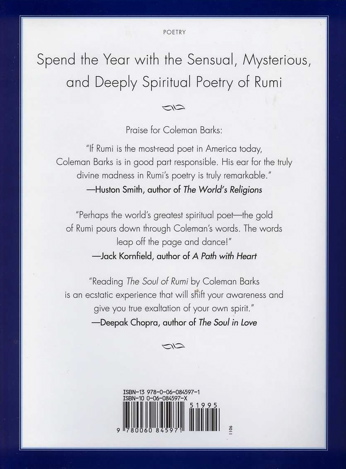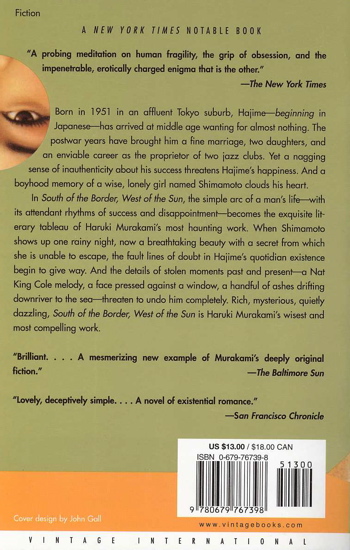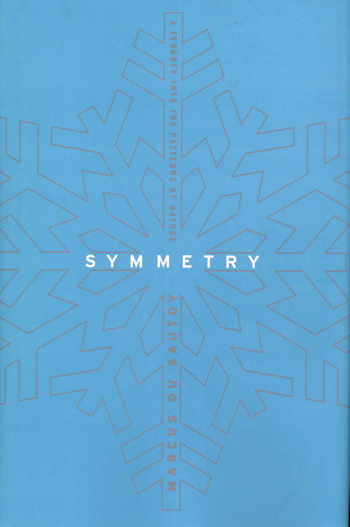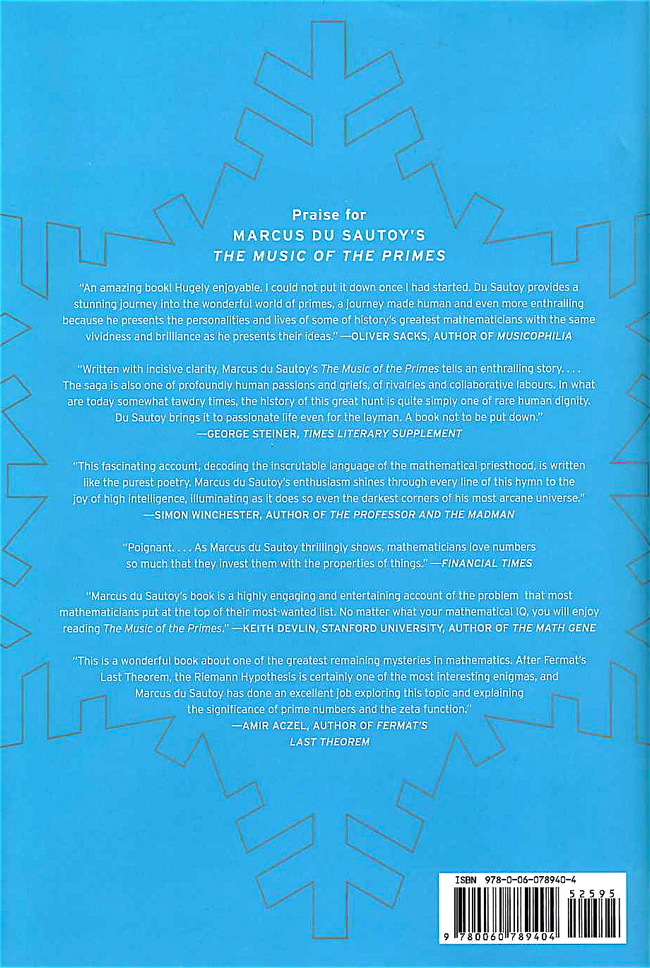
Home
Journals 2008
Year to Date
January
February
March
April
May
June
July
August
September
October
November
December
Time Tables 2008
Year to Date
January
February
March
April
May
June
July
August
September
October
November
December

Year to Date
January
February
March
April
May
June
July
August
September
October
November
December
Year to Date
January
February
March
April
May
June
July
August
September
October
November
December
This page last updated on: Thursday, April 24, 2008 1:55 PM
It is -8 C with a high forecast of 0 C. Sunrise 7:10 Sunset 20:01 Hours of daylight: 12:51
There is a light dusting of snow on the ground this morning.
The du Sautoy book on symmetry has reawakened my interest in the topic. I have already identified two new projects for myself.
I have also pulled 4 books off my shelves on the topic:
These books, plus du Sautoy's, are all at wildly different levels. Ranucci & Teeters is written for junior and senior high school students, Stevens is an incredible catalog of 2-dimensional patterns, Goodwin provides an introduction to the topic at a senior undergraduate level, and Ash & Gross introduce the relationships between symmetry and prime numbers at a graduate level. I am excited again and eager to use all five books in an interleaving approach. It is always an asset, and a delight, to have a number of good books on one's shelves.
du Sautoy also talks about always having a yellow notepad at his disposal. This reinforces my idea of a lined notepad of high quality paper and a good fountain pen. My notepads have a bright orange cover. My fountain pen is a Pelikan M250 Tradition with a fine nib.
du Sautoy also introduced me to a book that catalogues all of the possible symmetries. That in itself was a new insight - that the number of possible symmetries is finite, and that we now know what they all are. This is not a trivial exercise as the largest such shape possessing symmetries is in 196,883 dimensions. If I ever get to the stage where I understand the notation and ideas underlying these groups, I will order the book. That is a very concrete goal.
Here are a few links that I quickly found while googling "Conway atlas symmetry":
There is much more here than meets the eye! But one must walk before running. And crawl before walking. I feel like a newborn. But it is exciting to leave the womb.
| Learning Category | Planned Activities for Today | Time |
|---|---|---|
| Literature | Begin morning with a Rumi reading | |
| Literature | Complete reading "South of the Border, West of the Sun" by Haruki Murakami | 1 hr |
| Mathematics | Continue reading "Symmetry" by Marcus du Sautoy | 2 hr |
The following notes are my first notes on this topic. This began earlier this morning as an innocuous set of musings but I now realize that I want to maintain a set of notes on this topic. The du Sautoy book on symmetry has reawakened my interest in the topic. I have already identified two new projects for myself.
I have also pulled 5 books off my shelves on the topic:
These books, plus du Sautoy's, are all at wildly different levels. Ranucci & Teeters is written for junior and senior high school students, Stevens is an incredible catalog of 2-dimensional patterns, Goodwin provides an introduction to the topic at a senior undergraduate level, and Ash & Gross introduce the relationships between symmetry and prime numbers at a graduate level. Herstein is an excellent undergraduate textbook on algebra with chapters on groups and symmetric groups. I am excited again and eager to use all five books in an interleaving approach. It is always an asset, and a delight, to have a number of good books on one's shelves. du Sautoy also talks about always having a yellow notepad at his disposal. This reinforces my idea of a lined notepad of high quality paper and a good fountain pen. My notepads have a bright orange cover. My fountain pen is a Pelikan M250 Tradition with a fine nib. du Sautoy also introduced me to a book that catalogues all of the possible symmetries. That in itself was a new insight - that the number of possible symmetries is finite, and that we now know what they all are. This is not a trivial exercise as the largest such shape possessing symmetries is in 196,883 dimensions. If I ever get to the stage where I understand the notation and ideas underlying these groups, I will order the book. That is a very concrete goal. Here are a few links that I quickly found while googling "Conway atlas symmetry":
There is much more here than meets the eye! But one must walk before running. And crawl before walking. I feel like a newborn. But it is exciting to leave the womb. I appear to be crawling off in all directions, which is normal for one just beginning locomotion. But the excitement is palatable. Let me see if I can form a preliminary sense of some of these directions. 1. Use my camera to take photos of objects that appear to possess symmetry. Begin to create a catalogue of such images. 2. Begin making notes using my fountain pen and Rhodia notepads.
3. Familiarize myself with the notational conventions of group theory and symmetry operations. 4. Read and make notes on du Sautoy's book on symmetry. I now have 5 books that I am trying to read and make notes on. They are at slightly different levels and involve slightly different emphases. I will begin by reading, and then making notes (and attempting any exercises that are provided) for the first chapter in each book. Now to pick the order of the books. Actually, I can postpone this decision to one of picking the first book and then deciding what to read next after I have completed the first book. I will begin with the first chapter of du Sautoy's "Symmetry". But since this is a general description rather than a detailed notational mathematical treatement, I will use this web page as the medium rather than my Rhodia noteopad. (When I do use the Rhodia notepad and my fountain pen, I will scan the notes into this web site.) |
M. du Sautoy. (2008). Symmetry.
Chapter 1 August: Endings and Beginnings
The book contains 12 chapters. Each chapter begins with an image of a 12-sided polygon, with 6 pentagonal faces. The face that is full-on to the reader contains the number of the chapter but I am not yet familiar with the pattern of numbers on the other 5 faces that are obliquely visible. I also do not know the name for this geometrical solid. What a glorious way to begin. I have yet to read the first sentence. |
The chapter begins with a quote by Paul Valery: "The universe is built on a plan the profound symmetry of which is somehow present in the inner structure of our intellect." [p. 1]
I have just googled "Paul Valery". He was a French poet, essayist and critic. http://www.kirjasto.sci.fi/pvalery.htm The following sentence from this web site caught my attention, "Throughout his life Valéry filled his private notebooks with observations on creative process and his own methods of inquiry." This is somewhat similar to what I am doing with this web site. Encouraging. I am going to have to do a bit more reading about Valery as we seem to have a lot in common. My helter-skelter random crawl is evident already. |
Mention is made of a book by Frank land, called "The Language of Mathematics". A check of amazon.ca indicates it is out of print. A check of the U of L library shows they have it ( QA 93 L34 1963 ).
| This is a critical point. In mathematics, symmetry refers to a particular transformation that leaves some properties of the object unchanged. |
| Another critical point. The notation is valuable to the extent that it permits one to see relationships that may not be obvious otherwise. |
| This is where the notation kicks in. If one constructs a table that shows the result of combining various symmetries then one can see at a glance if two tables have the same pattern or not. And these patterns may themselves be represented by a particular algebraic notation, making the comparison even easier. |
| A third critical point. There is a strong relationship between types of symmetry and prime numbers. Knowledge of each enhances the understanding of the other. Who would have guessed it? |
| This reminds me of the thrill I had as a young graduate student when I first began using a computer language called APL and I tried extending the printout of a matrix to one that had 4 dimensions. Instead of receiving an error message I received two matrices each a slab of one 3-dimensional matrix. I quickly tried printing out a matrix of 5 dimensions and that worked too. I was an immediate, and lifelong, fan of APL! |
I am excited with how many new ideas I now have as a result of reading this first chapter. du Sautoy is a catalyst of the first order. I would now like to try reading and making notes for the first chapter of "Fearless Symmetry" by Ash & Gross. |
Tags: mathematics, symmetry
This is a relatively short novel by Murakami.
The back cover (below) provides a brief summary of the novel. I read this just before I left for Australia. I didn't want to start a story that I couldn't finish before I left and this was a perfect choice.
The novel describes some of the doubts that a successful business man has about his life and whether he should have married a girl he mwt when he was in high school. Murakami's prose is a delight to read.
I would give it a rating of 4 out of 5.
Tags: novel, Japan, Murakami
Books on the Go Today |
|
 |
 |
 |
 |
 |
see below |
